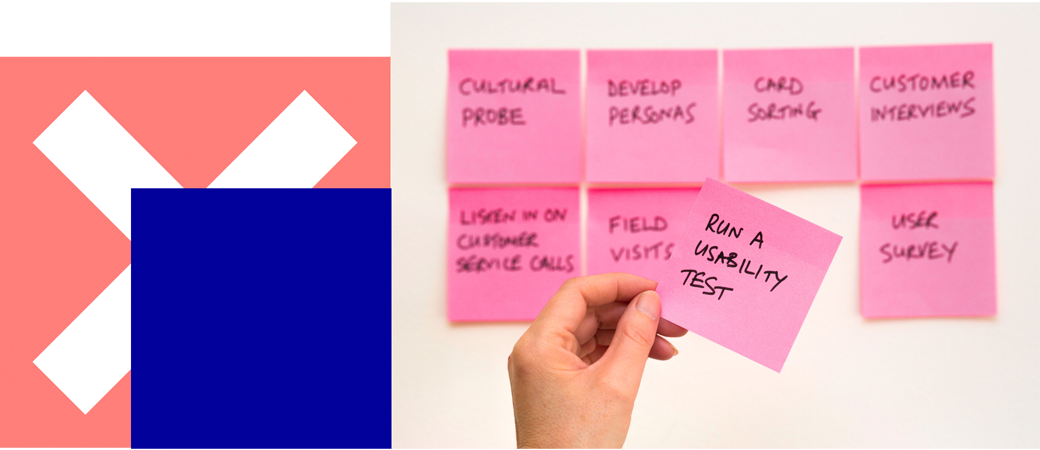Inbound marketing, outbound marketing, content marketing and SaaS marketing. There are many types of marketing, but what distinguishes SaaS marketing from other types of marketing?
With the dawn of digital marketing, a plethora of methods on how to best market your products and services has emerged. One of these is SaaS Marketing or Software as a Service marketing.
In order to help you avoid having the look of utter confusion the next time someone mentions SaaS marketing, we prepared an introduction to what it is – and how to get started with it.
This is SaaS marketing
Let's begin with the very concept of SaaS first. SaaS stands for Software as a Service. This gives users the ability to connect and use cloud-based apps over the Internet.
In other words, you hire the use of an application for your business so your users can connect over the Internet, usually with a browser. SaaS marketing is simply the method you use to market this kind of software as services.
If your company offers software as a service to other businesses, there are several targeted marketing strategies you can use to achieve the highest conversion rates possible.
So how do you get started with SaaS marketing?
5 Steps to Getting Started with SaaS Marketing

1) Provide your buyers with sufficient information so that they can choose the right platform.
We can not stress this enough: Content is one of the most important ingredients for you to be able to draw your prospects through the buyer’s journey, and then seal the deal when they’re ready to buy.
SaaS marketing is dependent on information. Your buyers will most likely compare several products and suppliers before choosing a SaaS platform. Therefore, you must provide them with all the information they need to make the right choice – which in most cases would be to buy from your company.
If all your competitors have different price packages on the website, you should also have them. And why not publish even more content than what your competitors do to make sure you get the customers who are informed and aware of their own needs?
2) Offer free trial periods
Needless to say, everyone loves free things — whether it's a bun on the street or a free trial of SaaS. Providing trial periods at no cost is a widely used marketing strategy for introductory sales and starting up with new SaaS customers.
The free model comes in many forms: 30-day free trial, trial version with credit card information, "freemium model", limited version for free, and so on. Releasing your product for free is a good way to run SaaS marketing – as long as you have a strategy for how to monetise the people you give your product to.
3) Optimise your website for conversions
No matter where a potential customer finds themselves on your homepage, there should be a conversion option. Use calls-to-actions (CTA) to direct the visitor from one page to another, such as:
- Become a subscriber to the blog
- Become a subscriber to the newsletter
- Start your trial
- Download this report
- Follow us on social media
In blog posts, you should always link to downloadable content that is relevant to what the buyer just read. Place one CTA at the bottom of the blog post, and one in the middle to seize those who do not read the entire post. Use this to enlighten and educate buyers, but also to nurture them so that they become more ready to buy.
4) Be present on social media
Or rather: build up a strong presence. You want to be visible in the channels where the majority of your buyers are – both to market and to build a relationship with your prospects.
Not only can you attract organic visitors using valuable content that demonstrates your expertise and knowledge, but you can also target ads specifically to your dream customers (personas) using channels such as LinkedIn, Facebook and Twitter.
5) Get your SaaS to sell itself
SaaS marketing doesn’t need to be complicated, even though the concept may be. Yes, you still have to think about all the different aspects that affect the bottom line, such as the acquisition cost per customer, cost per lead and so on, but these are the most important things to consider:
- Have a great product
- ... and amazing customer support
- ... and amazing content so that there are not as many questions for customer support
Once you have these basic elements in place, software and service, it will be far easier to get your marketing to work by itself. Along with marketing automation, of course.
Download Avidlys free guide to inbound marketing and sales here
Real Growth. Real Impact.
HubSpot for startups: Leveraging the platform and unlocking growth w. Ragini Campion
Making AI adoption not a big deal with Mike Kaput from The AI Show
HubSpot's Spring Spotlight 2025 was not what we expected
The Power of Community in Marketing
The Return of Human Marketing in an Automated Age | Avidly Talks
How to make change projects a success - Change management tactics
How to prompt AI for great creative ideas
See why enterprises choose Avidly
Let’s build your HubSpot success story
Compelling final call to action - with accompanying link to Contact page








